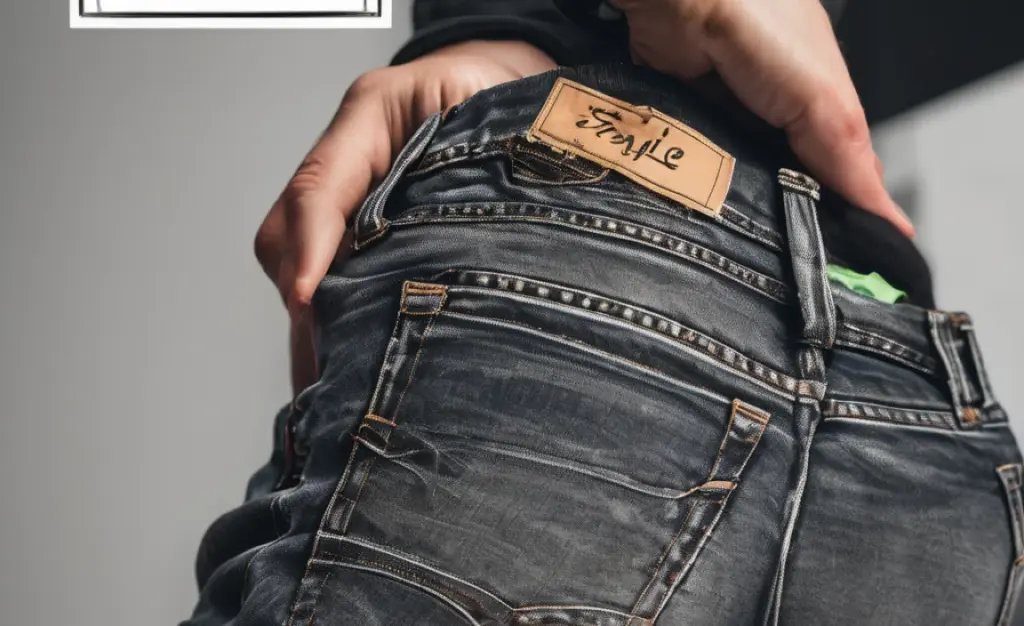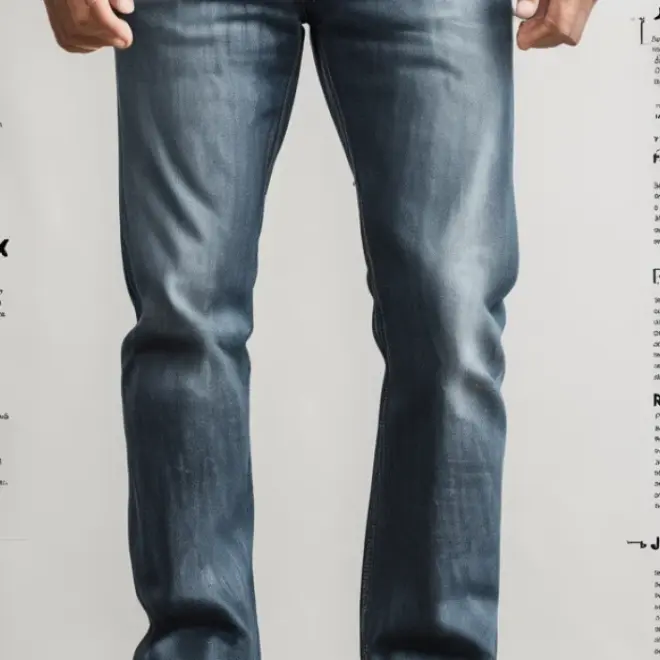Quick Summary
Yes, you can remove Sharpie from black jeans. The most effective methods involve using rubbing alcohol or specialized stain removers, applied gently and followed by thorough washing. Act fast for the best results. This guide offers simple, proven steps to save your favorite denim.
How to Remove Sharpie From Black Jeans: A Proven Guide
Accidents happen, and sometimes a stray Sharpie mark on your favorite black jeans can feel like a fashion emergency. Don’t worry – it’s a common problem, and thankfully, one with several effective solutions. This guide is designed to help you tackle that stubborn ink stain with confidence, using simple, readily available methods. We’ll walk through the most reliable ways to get your black jeans looking good as new, ensuring you can enjoy your denim without those unwanted marks.
Many people think permanent marker on fabric is a lost cause, especially on dark colors. The good news is that with the right approach, that’s not true. We’ll cover everything from what you’ll need to the exact steps to take, making this process as straightforward as possible.
Understanding the Challenge: Sharpie on Black Denim
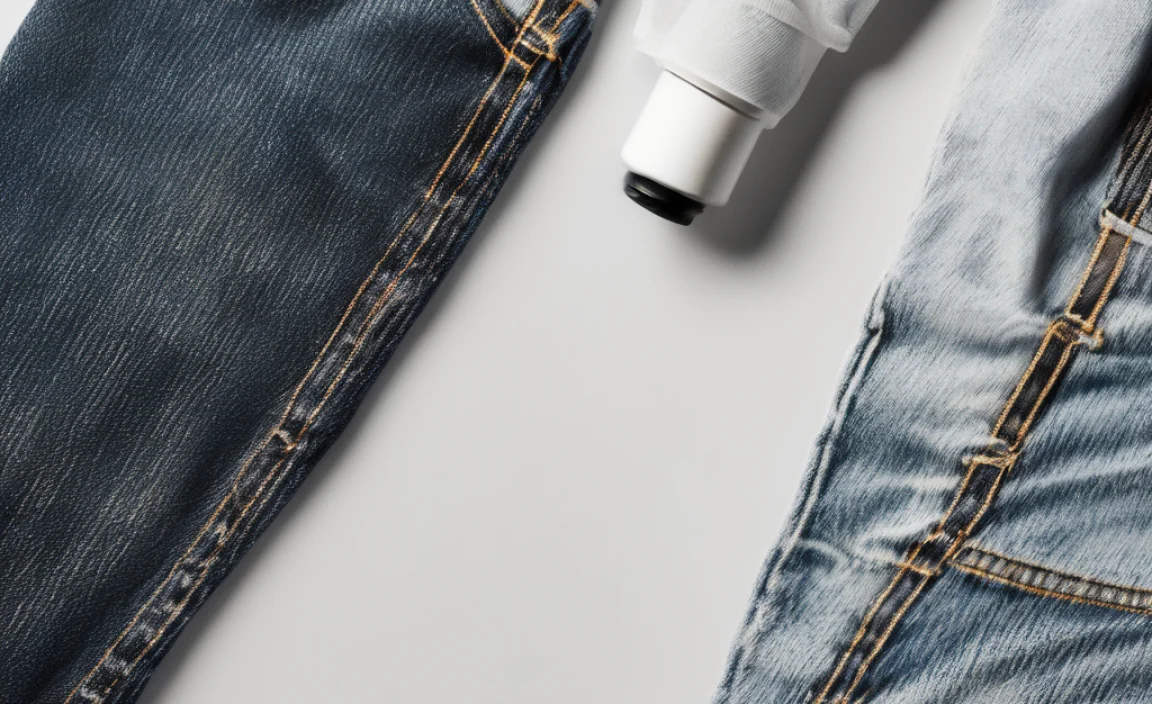
Sharpie ink is designed to be permanent, meaning it contains pigments and solvents that bond strongly to fibers. Black denim, while beautiful, can be tricky because the dark dye can mask faint stains but also make very visible ones stand out even more. Furthermore, harsh cleaning agents can sometimes lighten or fade black fabric, so choosing the right method is crucial.
The key to success often lies in speed. The sooner you can treat the stain, the less time the ink has to set deep into the fabric’s weave. However, even older or set-in stains can often be managed with patience and persistence.
What You’ll Need: Your Stain-Fighting Arsenal
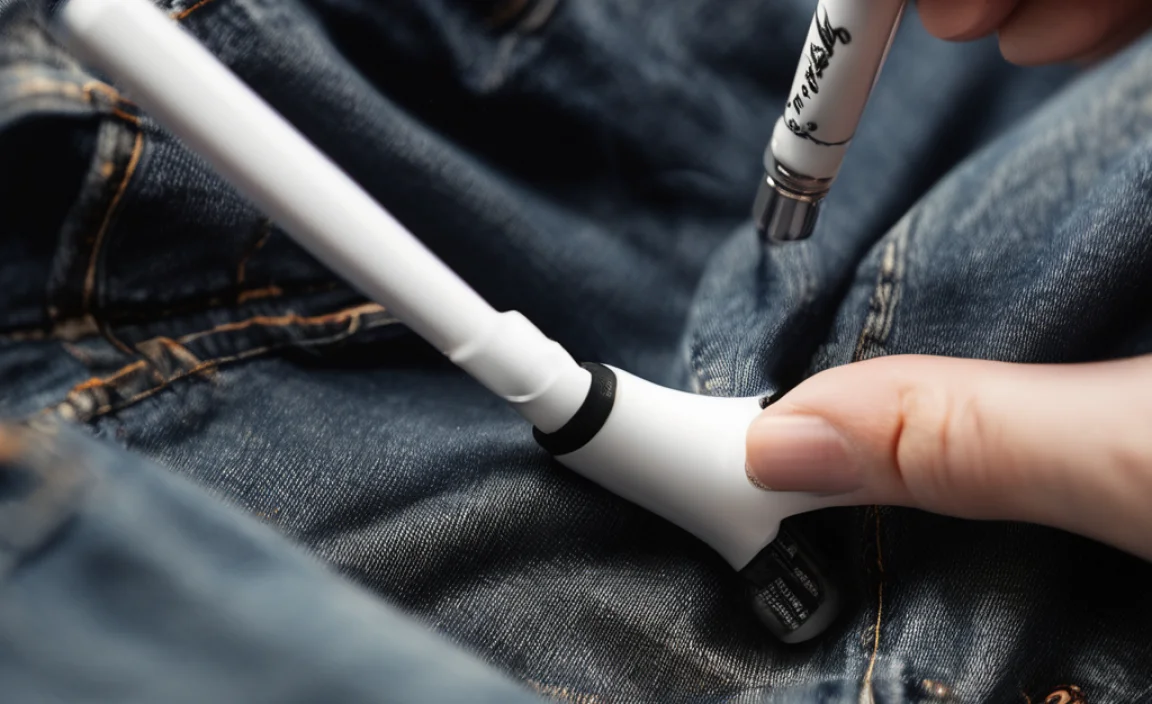
Before you start, gather the necessary supplies. Having everything ready makes the process smoother and more effective. Here’s a list of items you might need, depending on the method you choose:
- Rubbing alcohol (isopropyl alcohol, 70% or 91% concentration)
- A clean white cloth or cotton balls
- Paper towels
- Liquid laundry detergent
- A soft-bristled brush (like an old toothbrush)
- White vinegar
- Hand sanitizer (must contain alcohol)
- Specialized fabric stain removers (look for ones effective on ink)
- A small bowl
- Water
The Proven Methods: Step-by-Step Solutions
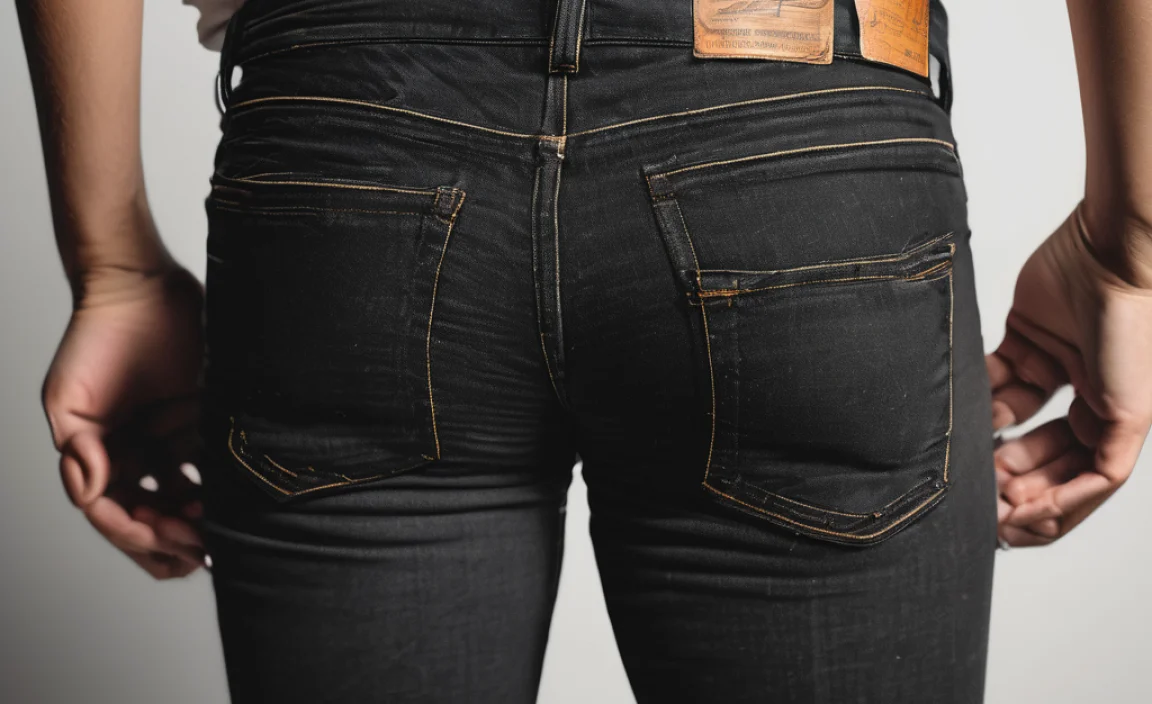
There are several reliable ways to tackle Sharpie on black jeans. We’ll start with the most common and generally effective methods.
Method 1: The Rubbing Alcohol Technique
Rubbing alcohol is a solvent that breaks down the components of Sharpie ink, making it easier to lift from fabric. It’s usually safe for most colored fabrics, but a spot test is always recommended.
Tools Needed:
- Rubbing alcohol (isopropyl alcohol)
- Clean white cloths or cotton balls
- Paper towels
- Liquid laundry detergent
- A small bowl
Steps:
- Protect Your Workspace: Lay down a few layers of paper towels or an old towel under the stained area of the jeans. This prevents the ink from transferring to another part of the garment or your work surface.
- Test in an Inconspicuous Area: Before applying alcohol to the stain itself, dab a small amount onto an inside seam or hem of the jeans. Let it sit for a minute, then blot with a white cloth. Check for any color transfer or fading on the cloth or the jeans. If it looks good, proceed.
- Apply Rubbing Alcohol: Dampen a clean white cloth or a cotton ball with rubbing alcohol. Don’t saturate it, just make it damp.
- Blot the Stain: Gently blot the Sharpie mark with the alcohol-dampened cloth. Start from the outside of the stain and work your way inward. This prevents spreading the ink further. You should see the ink begin to transfer to your cloth.
- Rinse and Repeat: As the ink transfers to the cloth, you’ll need to switch to a clean section of the cloth or a new cotton ball. Continue blotting. You may need to rinse the area with a little water periodically if the alcohol starts to dry. Keep applying alcohol and blotting until no more ink comes out.
- Rinse the Area: Once the ink is gone or no more is transferring, rinse the treated area thoroughly with cool water.
- Pre-treat with Detergent: Apply a small amount of liquid laundry detergent directly to the still-damp spot. Gently rub it in with your fingers or a soft brush.
- Wash as Usual: Wash the jeans according to their care label, preferably in cool or cold water.
- Air Dry and Inspect: Do NOT put the jeans in the dryer until you are absolutely sure the stain is gone. Heat can set any remaining ink, making it permanent. Air dry the jeans and inspect the area. If a faint mark remains, repeat the process or try another method.
Why it works: Rubbing alcohol is a highly effective solvent that can dissolve many types of permanent marker ink. Its relatively quick evaporation also means it doesn’t linger excessively on the fabric.
Method 2: Hand Sanitizer (Alcohol-Based)
Hand sanitizer, particularly those with a high alcohol content (at least 60%), can work similarly to rubbing alcohol. It’s often readily available and can be a good alternative if rubbing alcohol isn’t on hand.
Tools Needed:
- Alcohol-based hand sanitizer
- Clean white cloths or cotton balls
- Paper towels
- Liquid laundry detergent
Steps:
- Protect Your Workspace: As in Method 1, place paper towels or an old towel beneath the stained area.
- Test for Colorfastness: Apply a small amount of hand sanitizer to an unseen part of the jeans and blot with a white cloth to check for fading.
- Apply Hand Sanitizer: Squeeze a small amount of hand sanitizer directly onto the Sharpie mark.
- Blot the Stain: Use a clean white cloth or cotton ball to blot the ink. Work from the outside edges of the stain inward.
- Continue Blotting: Use fresh sections of the cloth or new cotton balls as ink transfers. You may need to reapply hand sanitizer a few times.
- Rinse the Area: Once the ink has been lifted as much as possible, rinse the spot with cool water.
- Pre-treat and Wash: Apply liquid laundry detergent to the area, gently rub it in, and then wash the jeans in cool water.
- Air Dry and Inspect: Air dry the jeans and check for any remaining stain.
Considerations: While effective, some hand sanitizers contain gels or fragrances that might leave a slight residue. Ensure you rinse well and use a detergent pre-treatment.
Method 3: White Vinegar and Laundry Detergent Paste
White vinegar is a mild acid that can help break down ink. Combined with laundry detergent, it creates a slightly abrasive paste that can lift tougher stains.
Tools Needed:
- White vinegar
- Liquid laundry detergent
- A soft-bristled brush
- Water
- Clean cloths
Steps:
- Mix the Paste: In a small bowl, mix equal parts white vinegar and liquid laundry detergent. Stir until you have a thick paste.
- Apply the Paste: Gently spread the paste over the Sharpie stain, ensuring it’s fully covered.
- Let it Sit: Allow the paste to sit on the stain for about 10-15 minutes.
- Gently Scrub: Use a soft-bristled brush (an old toothbrush works well) to gently scrub the paste into the stain. Be careful not to scrub too hard, as this can damage the denim fibers or cause fading.
- Rinse Thoroughly: Rinse the treated area with cool water.
- Wash the Jeans: Launder the jeans as usual in cool water.
- Air Dry and Inspect: Air dry the jeans and check the stain’s progress.
Note: White vinegar can sometimes slightly lighten dark fabrics, so a spot test is advisable. However, on black jeans, the dye is usually robust enough to handle this method when done in moderation.
Method 4: Specialized Ink Removers/Stain Removers
For stubborn or older stains, a commercial stain remover specifically designed for ink may be your best bet. Brands like Amodex or Carbona Stain Devils (look for the one suitable for ink) can be very effective.
Tools Needed:
- Commercial ink remover (follow product instructions)
- Clean cloths
- Paper towels
Steps:
- Read Product Instructions: Always begin by carefully reading and following the manufacturer’s instructions for the specific stain remover you are using. They vary by product.
- Protect Your Workspace: Place towels or paper underneath the stained area.
- Apply the Remover: Apply the stain remover as directed on the product packaging, usually directly to the stain.
- Let it Work: Allow the product to penetrate the stain for the recommended time. This might range from a few minutes to several hours, depending on the product and stain severity.
- Blot or Gently Agitate: Some products require blotting with a cloth, while others suggest gentle agitation with a brush.
- Rinse and Wash: Rinse the treated area thoroughly and then wash the jeans according to their care label.
- Air Dry and Inspect: Air dry the jeans to confirm the stain is completely gone before machine drying.
Authority Link: For general advice on fabric care and stain removal from reputable sources, the Fabric Care website offers comprehensive guidance on understanding different fabrics and treating common issues.
Important Considerations for Black Jeans
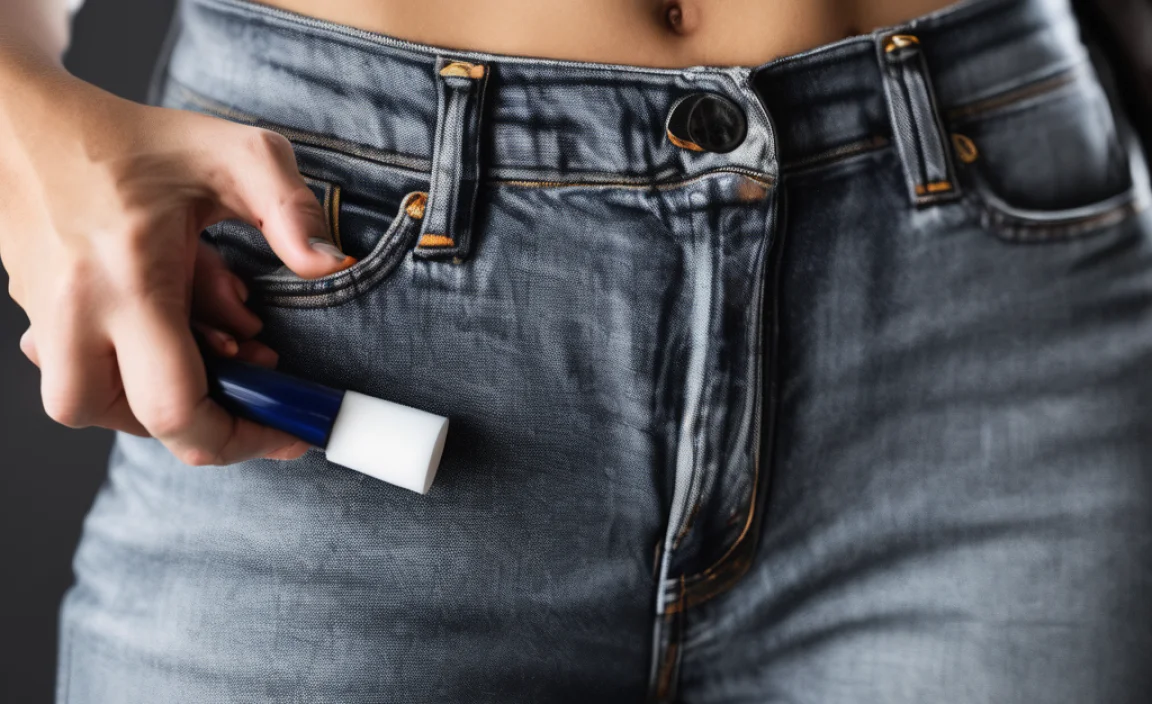
When dealing with black denim, a few extra precautions can save your jeans from more damage:
- Colorfastness is Key: Always, always test any cleaning agent on an inconspicuous area first. Black dyes can vary in their stability.
- Avoid Bleach: Chlorine bleach will absolutely ruin black jeans, turning them orange or brown. never use it.
- Gentle is Best: Aggressive scrubbing or harsh chemicals can strip the dye or damage the fabric’s texture. Work patiently and gently.
- Cold Water is Your Friend: When washing jeans after stain treatment, opt for cold water. Hot water can set stains and potentially cause the black dye to bleed more than necessary.
- Patience Pays Off: Sometimes, a stain may not come out completely on the first try. You might need to repeat a method or try a different one. Don’t give up too quickly!
When to Seek Professional Help
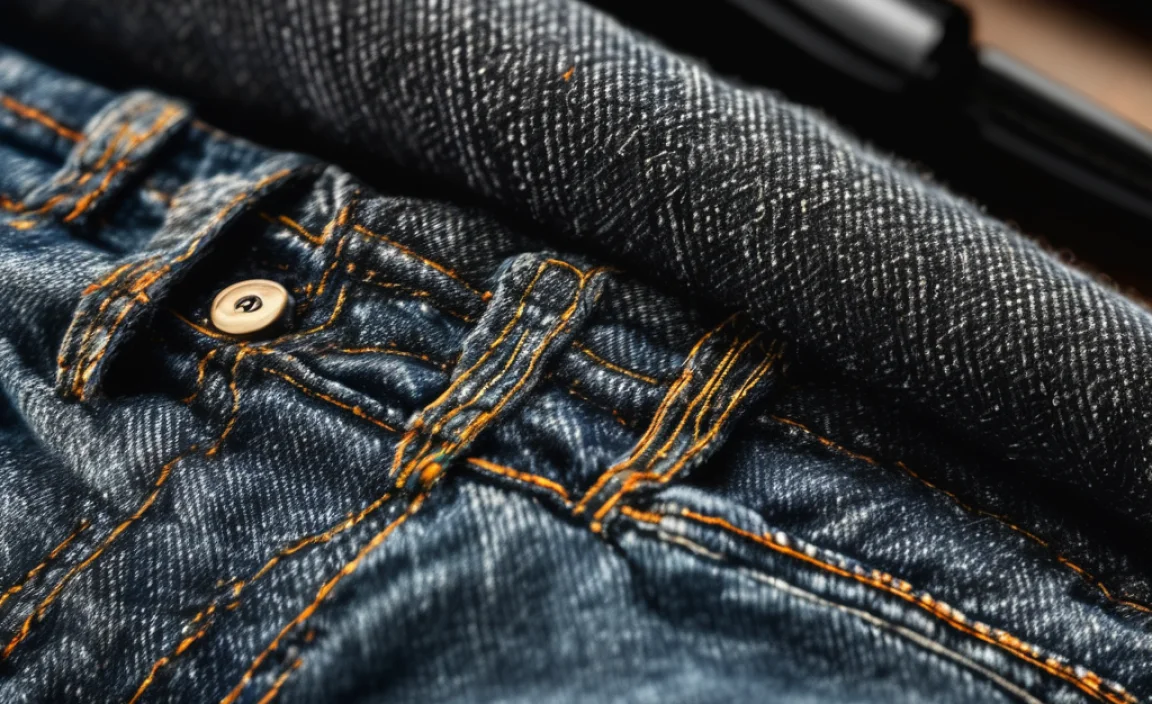
If the Sharpie mark is very large, deeply set, or if you’re concerned about damaging your expensive black jeans, consider taking them to a professional dry cleaner. They have access to specialized solvents and techniques that might be more effective and safer for the fabric.
Table: Comparison of Stain Removal Methods
Here’s a quick look at the pros and cons of the most common methods for removing Sharpie from black jeans:
| Method | Pros | Cons | Best For |
|---|---|---|---|
| Rubbing Alcohol | Highly effective on ink, readily available, evaporates quickly. | Requires testing for colorfastness, can be drying to skin. | Fresh to moderately set ink stains. |
| Hand Sanitizer | Convenient, often on hand, acts as a solvent. | May leave residue, effectiveness varies with alcohol content. | Quick touch-ups when rubbing alcohol isn’t available. |
| Vinegar & Detergent Paste | Uses common household items, mild acidity helps lift stains. | Potential for slight lightening of dye if left too long or scrubbed too hard. | Slightly tougher stains, can be used if alcohol isn’t preferred. |
| Commercial Ink Removers | Specifically formulated for ink, often very effective on tough stains. | Can be more expensive, requires careful adherence to instructions, may contain stronger chemicals. | Stubborn, old, or very large ink stains. |
Frequently Asked Questions (FAQ)
Q1: Will rubbing alcohol ruin the black dye in my jeans?
Rubbing alcohol is generally safe for most fabric dyes, including black. However, it’s crucial to do a spot test on an inside seam or hem first. If you see any color lifting onto your test cloth, proceed with extreme caution or choose a different method.
Q2: How quickly should I try to remove the Sharpie stain?
Act as soon as possible! The fresher the stain, the easier it is to remove. Ink that has had time to dry and set into the fabric fibers will be more challenging to lift.
Q3: Can I use nail polish remover?
Some nail polish removers contain acetone, which is a strong solvent and can damage or discolor black denim. It’s generally safer to stick with isopropyl alcohol or specialized removers designed for fabric. If you must try nail polish remover, use a non-acetone formula and test it on an inconspicuous area first.
Q4: What if the stain is still visible after washing?
If the stain persists after washing, do not put the jeans in the dryer. Heat will set the stain, making it nearly impossible to remove. Repeat the stain removal process, perhaps trying a different method, and air dry again. You may need multiple treatments for older or tougher stains.
Q5: Is there anything I can do if the Sharpie stain is on a printed design on black jeans?
Removing ink from printed designs is much trickier and often not possible without damaging the print. For printed graphics, it’s usually best to seek professional cleaning advice or accept the mark as part of the garment’s history. Avoid using strong solvents or scrubbing on printed areas.
Q6: How can I prevent Sharpie stains in the future?
Keep Sharpies in their caps when not in use, and store them in a dedicated container away from clothing. Be mindful when using permanent markers around fabric, especially lighter or more delicate items. If you must use them, place a barrier, like thick cardboard or newspaper, underneath the area you are marking on.
Conclusion: Restoring Your Black Jeans
Dealing with a Sharpie mark on black jeans doesn’t have to be a disaster. By following these proven methods, particularly the carefully applied rubbing alcohol technique or a good quality commercial ink remover, you have a strong chance of salvaging your favorite pair of denim. Remember the golden rules: test first, work from the outside in, be gentle, and avoid the dryer until the stain is completely gone. With a little patience and the right approach, you can effectively remove those unwanted marks and keep your black jeans looking sharp.


